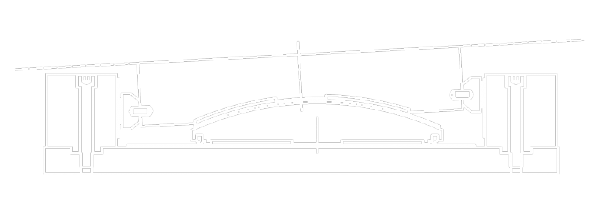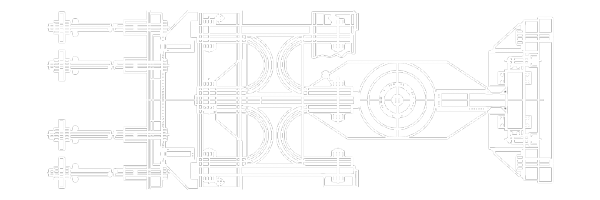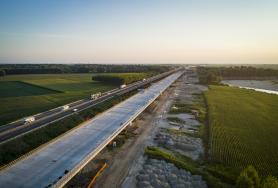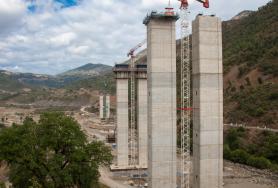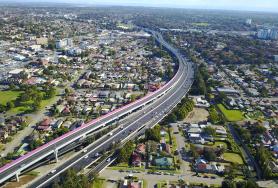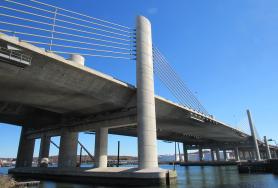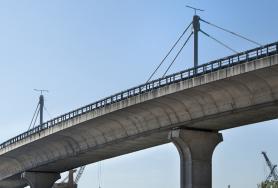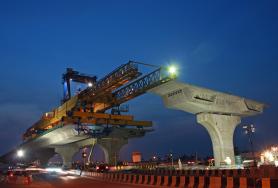Segmental Bridges & Viaducts
Advantages
TENSA provides solutions for highly efficient structural reinforcement of segmental bridges and viaducts:
- Internal and external tendons can be used in concrete and composite structures;
- seismic isolators, bearings and other devices are able to isolate and reduce seismic movements, allowing the deck to transfer vertical and horizontal loads
At this location, bearings, shock transmitter devices and steel restraints can be installed.
Sometimes the design prescribes the use of post tensioning along the trunk of the column to give compression and reduce instability.
Structures undergo displacements, rotations and deformations caused by acting loads (of static, dynamic, thermic nature etc.) or by phenomena such as shrinkage and creep, linked to the maturation of materials.
Movements, rotations and deformations need to be allowed for and contemplated where strictly necessary and in accordance with the designer’s constraining system.
TENSA can supply:
- Fixed bearings, which allow rotation between two structural elements and transfer the vertical and horizontal loads
- Guided sliding bearings, which transfer vertical loads, allow rotation between two structural elements, displacement in one single direction and transfer lateral load in the fixed one
- Free sliding bearings, which transfer vertical loads, allow rotation between two structural elements and displacements in all plan directions
Spans are made of precast segments lifted and launched by special equipment.
Post tensioning is a highly efficient structural reinforcement system that offers many benefits, such as economic savings and lasting structures.
TENSA develops a range of solutions to protect anchor plates and tendons from atmospherical agents.

Expansion joints are devices designed to absorb the movements of the structure due to temperature variations, creep, shrinkage, seismic actions, wind and else.
Expansion joints are designed to allow continuous traffic between the decks and among deck and abutments offering a safe and comfortable passage.
